A Brief History Of Meteors From The First Recorded Meteor Shower
Earlier in the past when people didn’t pay much attention to meteor showers, they used to link it with lightning and other natural phenomenon but one major event in the history of meteors changed everything. It basically gave birth to the meteor astronomy.
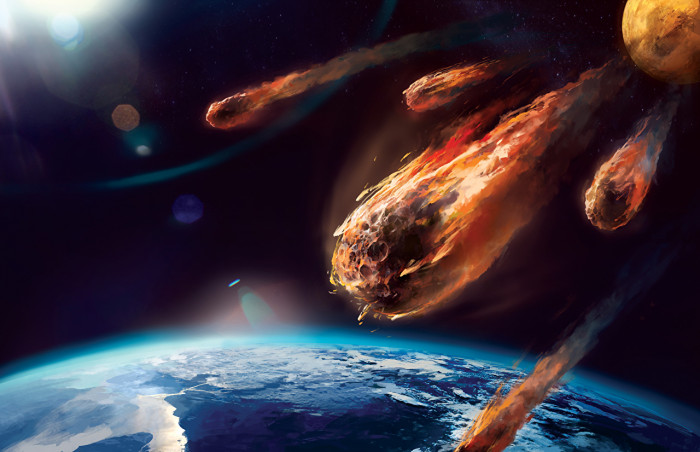
A meteoroid is a small rocky or metallic body in outer space. Meteoroids are significantly smaller than asteroids, and range in size from small grains to one-meter-wide objects. Objects smaller than this are classified as micrometeoroids or space dust. Most are fragments from comets or asteroids, whereas others are collision impact debris ejected from bodies such as the Moon or Mars.
65 Million Years Ago A Meteor Wiped Dinosaurs From The Face Of The Earth
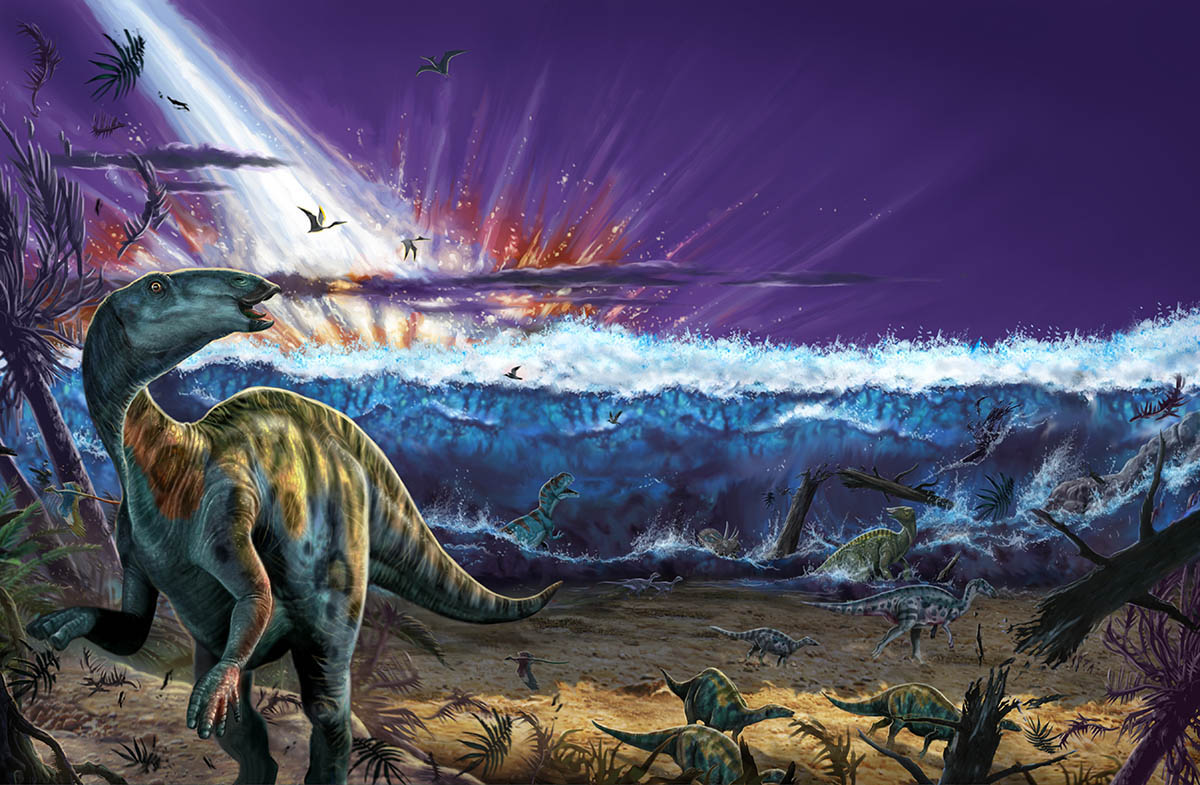
A very large asteroid impact 65 million years ago, which created the 300-kilometer-wide (180-mile-wide) Chicxulub crater on the Yucatan Peninsula, is thought to have contributed to the extinction of about 75 percent of marine and land animals on Earth at the time, including the dinosaurs. (8.1)
The First Ever Meteor Shower In The History Was Recorded On 12 Nov 1799
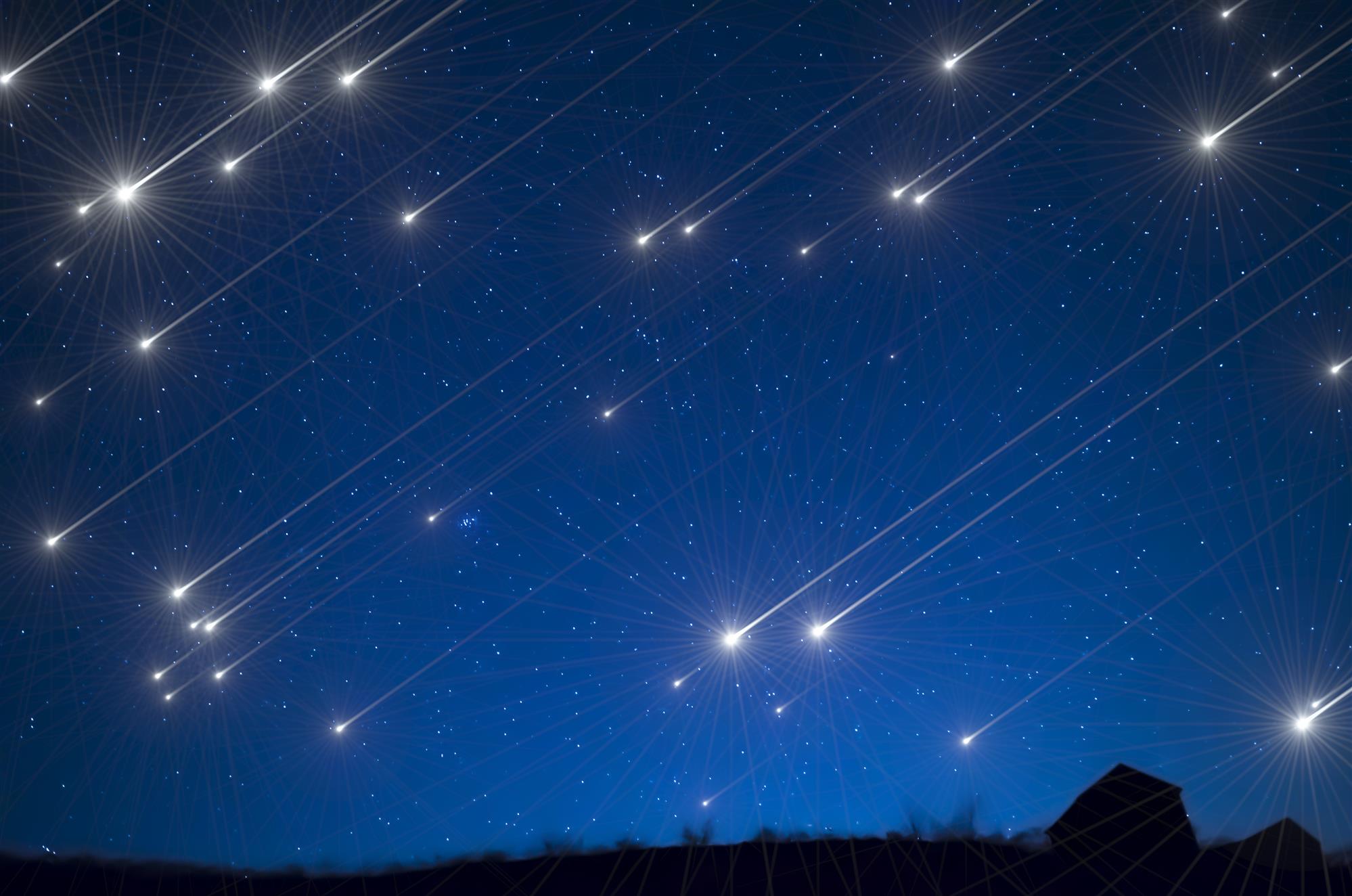
Andrew Ellicott Douglass, an early American astronomer, witnessed the Leonids meteor shower from a ship off the Florida Keys. Douglass, who later became an assistant to the famous astronomer Percival Lowell, wrote in his journal that the “whole heaven appeared as if illuminated with sky rockets, flying in an infinity of directions, and I was in constant expectation of some of them falling on the vessel. They continued until put out by the light of the sun after day break.” Douglass’ journal entry is the first known record of a meteor shower in North America.
It Was Later Discovered That Leonids Meteor Shower Is An Annual Event Which Occurs Around Mid-November
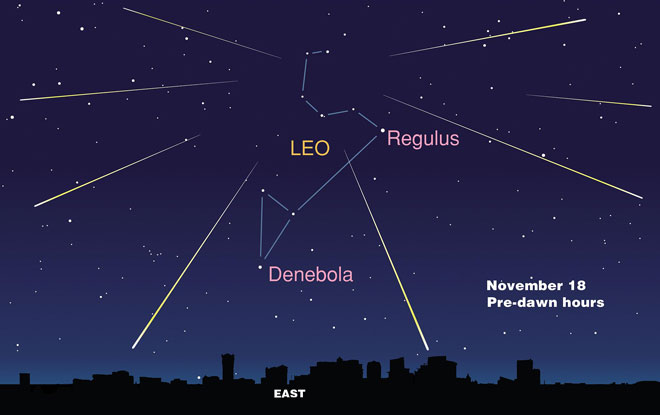
The Leonids meteor shower is an annual event that is greatly enhanced every 33 years or so by the appearance of the comet Tempel-Tuttle. When the comet returns, the Leonids can produce rates of up to several thousand meteors per hour that can light up the sky on a clear night. Douglass witnessed one such manifestation of the Leonids shower, and the subsequent return of the comet Tempel-Tuttle in 1833 is credited as inspiring the first organized study of meteor astronomy.
The Meteors Didn’t Gain Much Attention Until The Scintillating Meteor Storm Of 1833
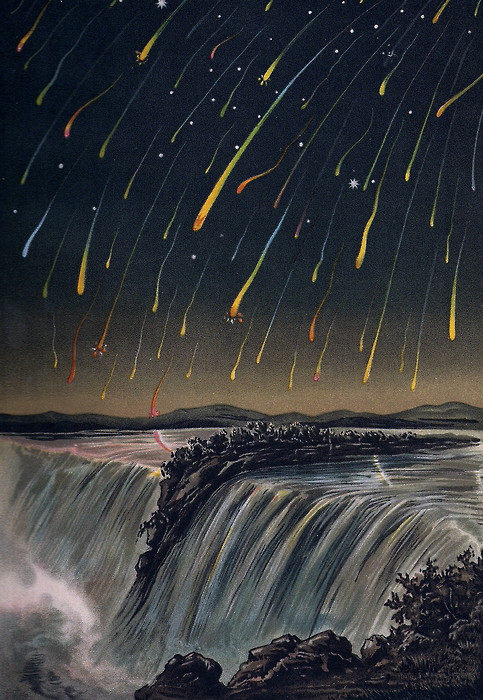
Although meteors have been known since ancient times, they were not known to be an astronomical phenomenon until early in the nineteenth century. Prior to that, they were seen in the West as an atmospheric phenomenon, like lightning, and were not connected with strange stories of rocks falling from the sky.
The night of November 12-13, 1833, not only marks the discovery of the Leonid meteor shower, but sparked the actual birth of meteor astronomy. During the hours following sunset on November 12, some astronomers noted an unusual number of meteors in the sky, but it was the early morning hours of the 13th that left the greatest impression on the people of eastern North America. During the 4 hours which preceded dawn, the skies were lit up by meteors. (8.2)
These Are Some Of The Most Prominent Annual Meteor Showers In History
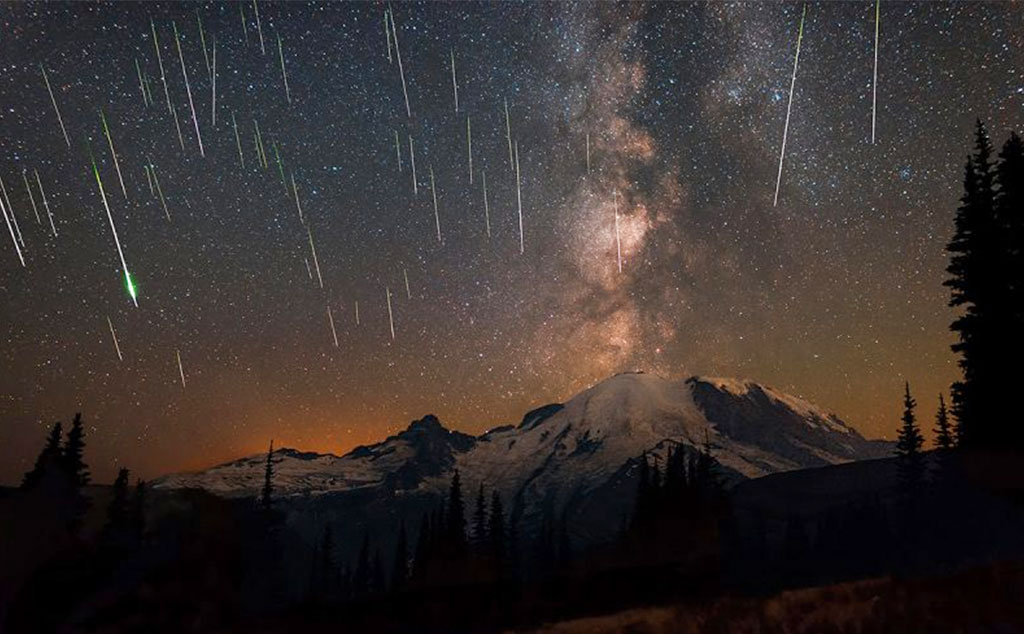
Small bodies of a meteoroid can be seen in the night sky every once in a while, but if someone wants to see the magical showers from the sky that has persisted in time, then they should plan their stargazing experience around below given time of the year. Enthusiasts also have some things handy to make the experience unforgettable.
A Meteor calendar which will help you with the When & Wheres of the Meteor showers:
1. Quadrantids during January 3-4 from 23:00 to dawn at the rate of about 60-200 meteorites/hr
2. Aquarids during May 5-6 from 01:30 to dawn at the rate of about 40-85 meteorites/hr
3. Perseids during August 11-12 from dusk to dawn at the rate of about 60-100 meteorites/hr
4. Geminids during December 13-14 from 19:00 to dawn at the rate of about 60-120 meteorites/hr
Popular Posts
Top 10 Sharpest & Deadliest Swords In History
In classic mythological movies, books and television, we’ve seen those audacious sword-wielding heroes smiting the enemi...
Augustus Perez
List of Water Deities from Different Mythologies
Water deities are the gods and goddesses who had the powers to control the elements of water and ruled over all the fresh and saltwater of the earth. Here’s a list of water deities from different mythologies.
Rishika Gupta
Winged Lion: The Terrifying Mythical Creature In Different Mythologies
A mythological creature, a winged lion dates back to ancient times. This flying lion-like creature has origins in Heraldry, Christianity, Mesopotamian, and Greek mythologies.
Ethan Stephans








